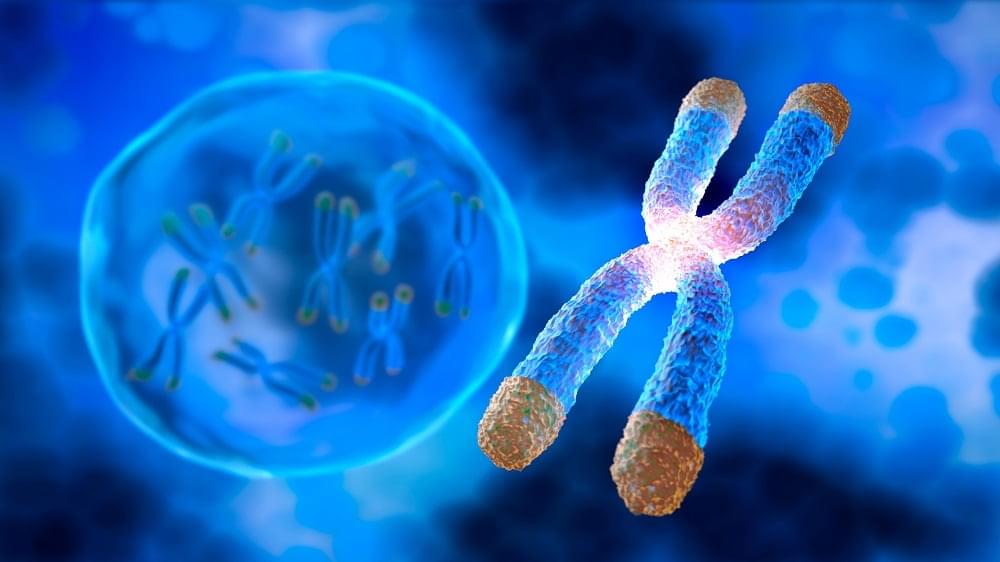The artificial synapse array with an electrolyte-gated transistor (EGT) as an array unit presents considerable potential for neuromorphic computation. However, the integration of EGTs faces the drawback of the conflict between the polymer electrolytes and photo-lithography. This study presents a scheme based on a lateral-gate structure to realize high-density integration of EGTs and proposes the integration of 100 × 100 EGTs into a 2.5 × 2.5 cm2 glass, with a unit density of up to 1,600 devices cm-2. Furthermore, an electrolyte framework is developed to enhance the array performance, with ionic conductivity of up to 2.87 × 10-3 S cm-1 owing to the porosity of zeolitic imidazolate frameworks-67. The artificial synapse array realizes image processing functions, and exhibits high performance and homogeneity. The handwriting recognition accuracy of a representative device reaches 92.80%, with the standard deviation of all the devices being limited to 9.69%. The integrated array and its high performance demonstrate the feasibility of the scheme and provide a solid reference for the integration of EGTs.
Keywords: Photo-Lithography; artificial synapse array; electrolyte-gated transistors; lateral-gate; metal-organic framework.
© 2023 The Authors. Advanced Science published by Wiley-VCH GmbH.









